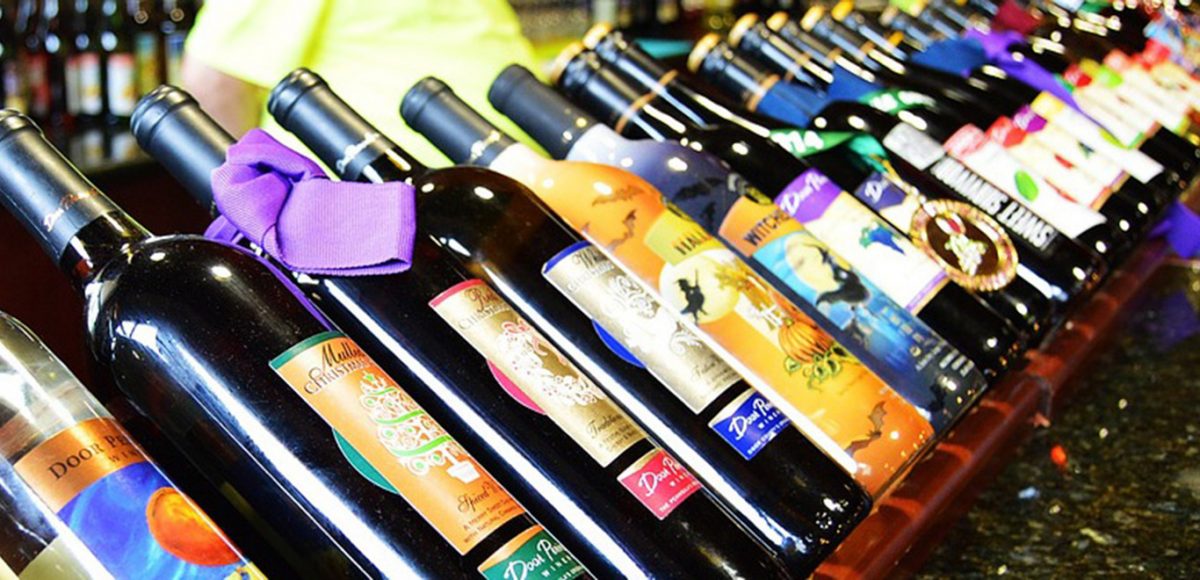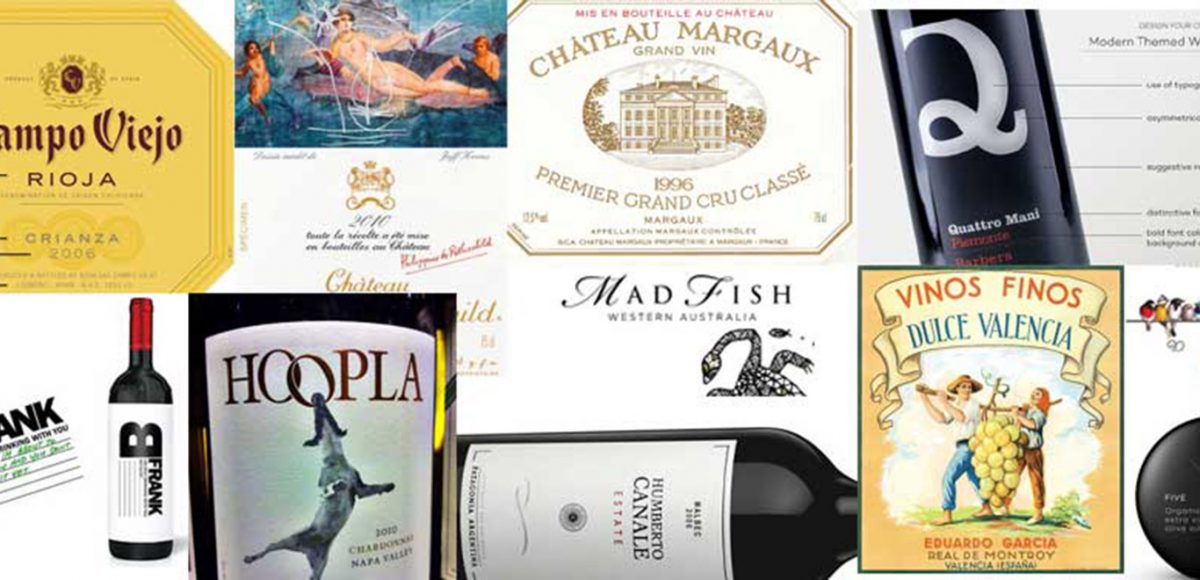How is Rosé Wine made?
Rosé Wine is often overlooked as being inferior to other wines, which is completely wrong. There is nothing more refreshing than a chilled glass of Rosé as an aperitif or, given it crisp acidity and soft tannins, to accompany a wide range of dishes.
There are three ways to make Rosé wine.
The ripe red grapes are picked and taken to the winery where they are gently pressed and the juice, which is clear and pale yellow, is left to rest in contact with the skins for several hours, a process known as maceration, resulting in the wine acquiring its pale pinkish colour. The intensity of the pinkness is determined by the length of time the grape juice is left in contact with the red skins as well as by the grape variety. Once the juice has turned a pinkish colour it is then fermented like any other wine.
A second way is to remove or ‘bleed’ the juice from vats of red grapes that are being fermented to make red wine. There are two reasons why winemakers do this. Firstly to get lightly coloured pink juice to make into Rosé Wine and secondly by removing juice from the tank it will concentrate the colour and tannins of the red wine remaining.
The third way and least common way, is to blend white wine into red wine turning it into a pinkish colour. In Champagne some of the top Rosé Champagnes are made by adding a small quantity of the red grape Pinot Noir into the Chardonnay giving it a blushing pink colour.
Around the world there are many different styles of rosé wine. The best rosé wines are dry and crisp with a wide range of flavours depending on the grape varieties used to make the wine. For example a deep coloured Rosé made from Bobal in Requena, which in my opinion produce some of the best wines this variety, with cherry and red berry fruit flavours will be completely different from a rosé wine from Provence in France where the Grenache based wine will be more subtle, with light tannins, light strawberry, citrus and floral flavours. Both can be outstanding but different.
Which Rosé wines to look out for:
Spain produces some of the best rosé wines in the world. In terms of variety of styles depending on the grapes varieties whether it be Tempranillo from Rioja, Garnacha from Aragon,
I mentioned Provence in France, which is renowned for its rosé wine with its very distinctive pale salmon pink colour. Made predominantly from Grenache with other grape varieties such as Syrah and Cinsault.
Hemmingway was known to love Rosé wine particularly those from Navarra and from Tavel Rose from the Cotés Du Rhone in France. So clearly rosé wine can also be a manly wine!
Rosé is often made from Shiraz, also known as Syrah, modern up front fruity style with. There is a tendency with some Australian Rosé wine makers to add residual sugar making it taste sweeter, while popular with many consumers in my view these are best avoided.
So add Rosé wine to your list of wines do discover.










